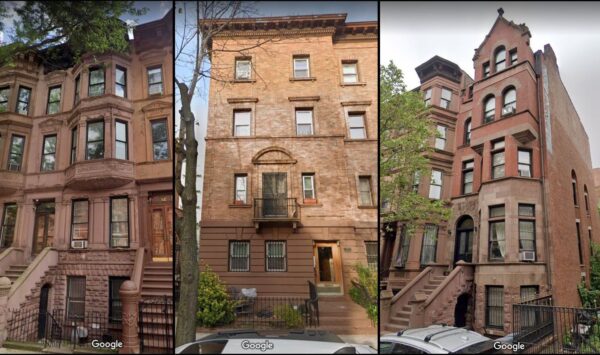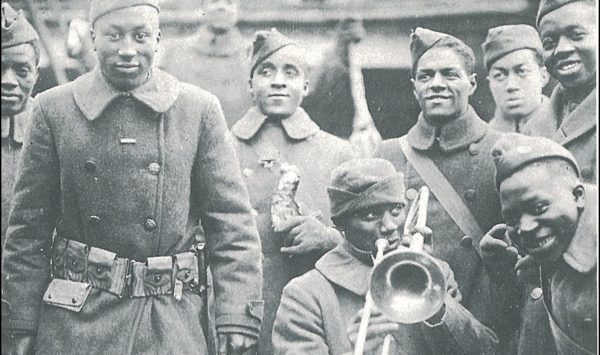THE HARLEM BROWNSTONE LOTTERY (1982)

******************************************************************************************************************************** Brownstone Detectives investigates the history of our clients’ homes. The story you are about to read was composed from research conducted in the course of one of those investigations. Do you know the history of YOUR house? ******************************************************************************************************************************** In 1981, New York City felt it could no longer wait for gentrification to arrive in Harlem. The city’s finances were bleeding revenues through the decade-long erosion of its tax-paying property base. There were so many foreclosed brownstones on the city’s delinquency rolls that the earth beneath those structures had literally begun to lie fallow. And the City, as the owner of more than half of Harlem’s brownstone stock at this point (which included about 300 brownstones), was looking for ways to staunch the bleeding and bring its brownstone patients back from the brink of an eternal abyss. It was thus that, in an attempt to return that life’s blood to these lifeless patients, the City decided to find an innovative way to put owners back into Harlem’s glorious but abandoned and deteriorating brownstones. They held a lottery. THE HARLEM BROWNSTONE LOTTERY Settling upon a lottery as the means of distributing the old brownstones to middle-class Harlem families, the city’s housing department announced an application plan. The City would accept applications from (mostly) Harlem residents who had an annual income of at least $20,000. Each applicant would have a chance to buy – at a steep discount – one of 12 Harlem brownstones. City officials decided to fix the prices of […]
LIFE IN A HARLEM TOWNHOUSE (1910)
******************************************************************************************************************************** Brownstone Detectives investigates the history of our clients’ homes. The story you are about to read was composed from research conducted in the course of one of those investigations. ******************************************************************************************************************************** No. 65 W. 119th St. in Harlem was owned by Alfred L. Silberstein, whose family brought him to the United States from German when he was three years old. He founded Griffon Cutlery Works. He lived in the brownstone with his wife, 5 children, 3 servants, & his mother-in-law, for roughly 20 years. The family brownstone, according to an ad from the period, was a “three story, high stoop basement dwelling, with extension, butler’s pantry, 10 rooms and two baths, handsomely finished; electric light and parquet floors.” Silberstein would advertise the townhouse for sale a few years later at a value of $20K (although he would take $16K). By 1920 Silberstein was living in one of the new apartment houses in Manhattan located at No. 600 West 157th Street. At this point, he was an importer of cutlery. Follow @BrownstoneDetec Share ———————————————————————————————————————– The Brownstone Detectives Brownstone Detectives is a property research agency. Our mission is to research, document, and save the histories of our clients’ historic properties. From this research, we produce our celebrated House History Books. Each book is fully cited, featuring detailed narratives and colorful graphics, and is designed to bring the history of any house to life. Contact us today to begin discovering the history of your home.
A BUFFALO SOLDIER ON HERKIMER ST. (1930)

******************************************************************************************************************************** Brownstone Detectives investigates the history of our clients’ homes. The story you are about to read was composed from research conducted in the course of one of those investigations. Do you know the history of YOUR house? ******************************************************************************************************************************** It was 1918, and Harry Francis Cole had only three options. As an African-American in the United States, drafted into the military when the country was entering the First World War, he could: 1) work as a non-combatant – laboring as a stevedore, digging trenches, graves, and latrines, or building hospitals, roads, bridges, and railroad lines, 2) fight in a segregated unit – as an American soldier with the French Army, whose soldiers did not object to fighting alongside African-American troops, or 3) join a military band – one of the many brass bands in the European theater that were composed of African-American musicians. Cole, already a budding musician back home in Philadelphia, would naturally find himself in the last group, a horn player in one of the units of the 92nd Division – or, as the military unit was more commonly known, the venerated “Buffalo Soldiers.” BORN TO WAIL Born one of four children to William and Carrie Cole in Philadelphia in 1896, Harry Cole was never really destined to be a fighter. When he was a boy he was even then sure that his future was in music. He likely caught the bug when ragtime was all the craze, but when he heard the new sound of jazz in the […]